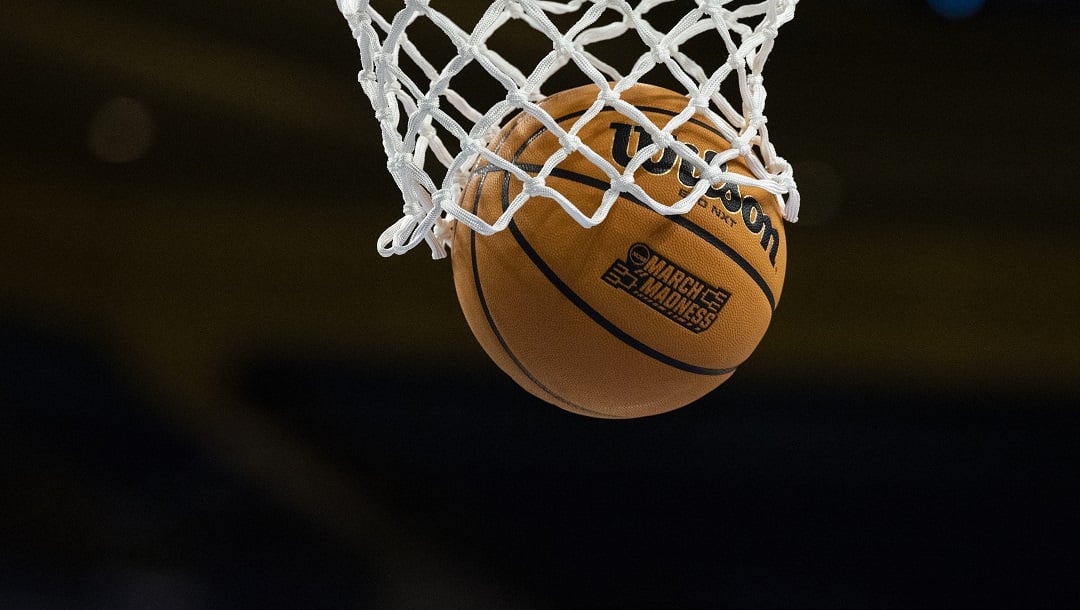By now, you're no doubt aware of the elementally strange Final Four that has befallen the college basketball world in late March, 2023.'
Miami, Florida Atlantic, UConn, and San Diego State have defied the college basketball betting odds, winning their respective regions and crashing the party that is March Madness.
This Final Four is new, and different, and is thus eligible for dissection by take. Lots of people who don't really care about college basketball seem to have produced a bumper crop of opinions about college basketball.'
That's likely because of the way it's consumed in popular culture. The NCAA Tournament, in particular, bestows a distinct feeling of expertise upon non-experts.'
You can almost imagine your local mayor or NFL writer thinking, “Hey, look, I just predicted 67 basketball games, even though I haven't watched a full hoops game since Jim Calhoun was coaching. Look! I know things!”
March Madness is incredible, but it renders the four months of regular season completely meaningless. Maybe the NCAA should let the higher seeds start each game with a lead, like the PGA Tour Championship
— Ben Volin (@BenVolin) March 25, 2023
One thing that everyone is undeniably right about: This is a weird Final Four. There's no fighting that. Some stats that are floating around:
- This is the first and only Final Four with exactly zero McDonald's All-Americans since the NCAA Tournament began seeding teams in 1979.
- San Diego State and Miami have never made the Final Four before now. Florida Atlantic had never won a game in the NCAA Tournament in any round.
- A Final Four without a No. 1 seed had happened only three previous times; a Final Four without a No. 1 seed, No. 2 seed, or No. 3 seed has never happened. Obviously.
- The summed seed line of this tournament is aberrationally high. Typically, the sum of the Final Four seeds is quite low and mostly made up of top seeds. Last year, it was 13 – No. 1 Kansas, No. 2 Villanova, No. 2 Duke, and No. 8 North Carolina. This year, it's a whopping 23, which is topped only by the 2011 Final Four that included No. 8 Butler and No. 11 VCU.
So yes, this is indeed an exotic national semifinal. Outside of ambitious third graders and psychic dolphins, I can't imagine who could have predicted a bracket that looked even remotely like this.
Now, though, our collective Sports Media Industrial Complex decrees that it must all add up to something. It has to be a prop in a greater conversation about … oh, pick a topic. The death of college basketball? The departure of great coaches? NCAA? NIL? Transfers? TV ratings? Bluebloods? A vague and overly fond remembrance of the sports of yesteryear?
We've had two draining, entertaining, give-us-more weeks of March Madness. But there's one problem with an AutoFill Final Four: you can't have a David without a Goliath. My column: https://t.co/KBBvkHkQVS
— Ivan Maisel (@Ivan_Maisel) March 27, 2023
NCAA Tournament Final Four: How We Got Here
Here's the truth, at least as I see it. Yes, college basketball has changed a lot over the past several years. What aspect of our lives hasn't?'
The shape of college hoops has evolved thanks to mutagens like NIL money and greater ease of transfer. The sport is also dealing with an additional short-term variable, which is the added COVID year of eligibility that is still working its way through rosters and recruiting classes.'
But these elements are available – in theory, at least – to every school competing at the Division I level.'
The main variable, I would argue, is how aggressively and intelligently a particular coaching staff deploys them to their advantage.
In Miami's case, the Hurricanes leaned hard into NIL. Miami is like many power-conference schools in that it has an ultrarich booster (John Ruiz, in this case) who can underwrite big fundraising efforts and support NIL deals. Its biggest prize was departing Kansas State guard Nijel Pack – the fourth-ranked player in the transfer portal at the time – whom Miami secured with a two-year, $800,000 NIL deal.

